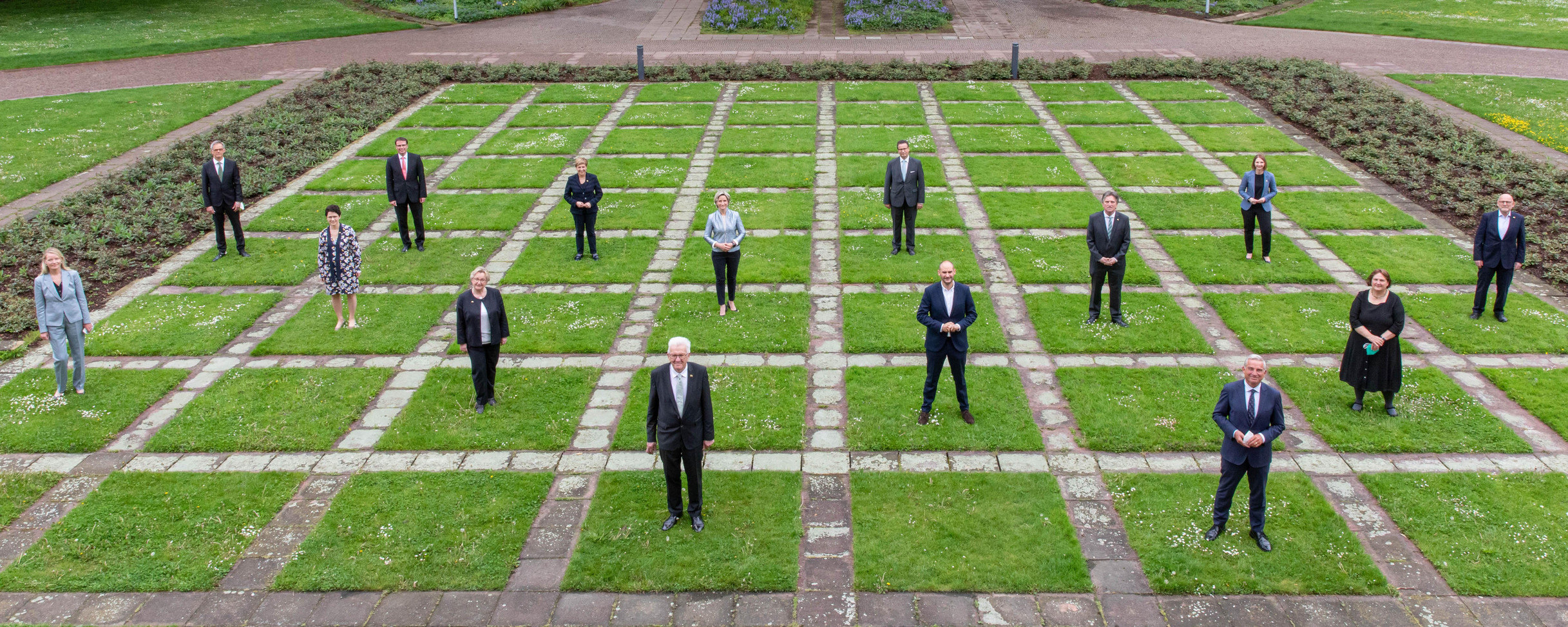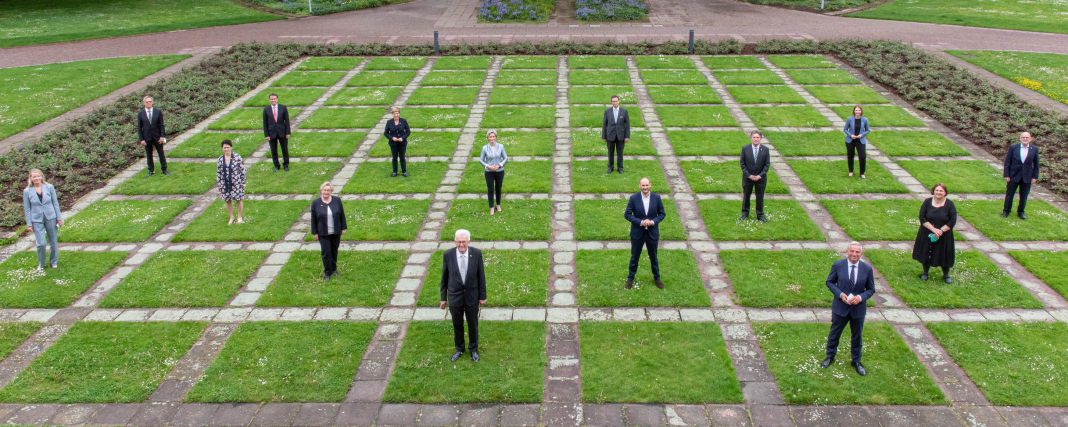
Australian retailers are facing challenging times as sales remained flat in July, despite a slight increase from the year-ago period. The industry is calling on the government to provide support, as consumer sentiment remains weak and businesses struggle to stay afloat.
The CEO of the Australian Retailer Association, Paul Zahra, explained that people are having to make trade-offs in this budget-conscious environment. He referred to the “lipstick effect,” where individuals are replacing dining out with food from local supermarkets. This allows some spending on personal luxuries while still adhering to a tighter budget.
The National Retail Association (NRA) echoed these concerns, cautioning that without government intervention, many small retailers may exit the market. Lindsay Carroll, the NRA’s interim CEO, emphasized the need for a more supportive environment for Australian businesses, one that encourages investment and secures a future for aspiring retail owners.
According to data from the Australian Bureau of Statistics (ABS), retail turnover reached $36.2 billion in July 2024, showing an insignificant change from the previous month but a 2.3 percent growth compared to July 2023. The cosmetics, sports, and recreational goods segment experienced the highest annual growth, with a retail turnover of $5.66 billion, a 5.55 percent increase from the previous year.
Food sales totaled $14.44 billion, rising 0.2 percent from June and 3.2 percent from the year-ago period. Household goods sales remained steady at $5.82 billion, showing a 1.5 percent increase compared to the previous year. However, clothing, footwear, and accessories sales declined by 0.5 percent from June, but still managed to grow by 0.5 percent from the same month in the previous year, reaching $2.98 billion. Cafes, restaurants, and takeaway sales experienced a slight decline of 0.2 percent from June and 0.3 percent from the previous year, amounting to $5.37 billion.
Ben Dorber, the head of retail statistics at the ABS, explained that the fall in turnover for clothing and footwear retailers and department stores was a result of higher spending during mid-year sales events. However, household goods retailers were able to maintain their gains in turnover over the past few months.
In terms of regional performance, New South Wales had the highest retail turnover of $11.2 billion, showing a 1.2 percent increase. Victoria followed with a 2.3 percent climb to $9.32 billion. Queensland experienced a significant jump of 3.3 percent to $7.46 billion, while South Australia grew by 4.2 percent to $2.32 billion. Western Australia also saw a notable increase of 4.6 percent to $4.14 billion.
Overall, the retail industry in Australia is facing challenges due to the weak consumer sentiment. The “lipstick effect” is evident as people make trade-offs and prioritize essential items over dining out. To support the industry, the government needs to create a more favorable environment for businesses and provide assistance to struggling retailers. Despite the flat sales in July, there are pockets of growth in sectors like cosmetics, sports, and recreational goods. The regional variations in retail turnover highlight the varying economic conditions across different states in Australia.

